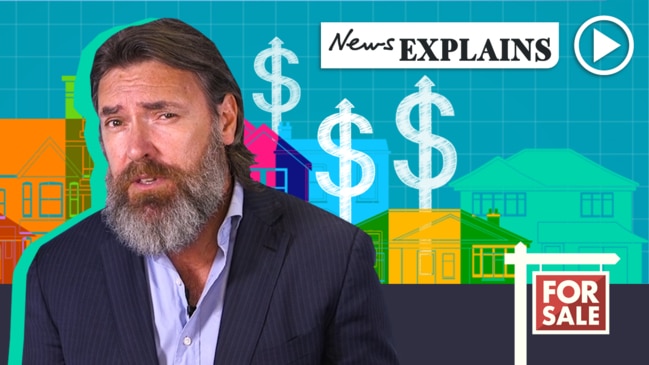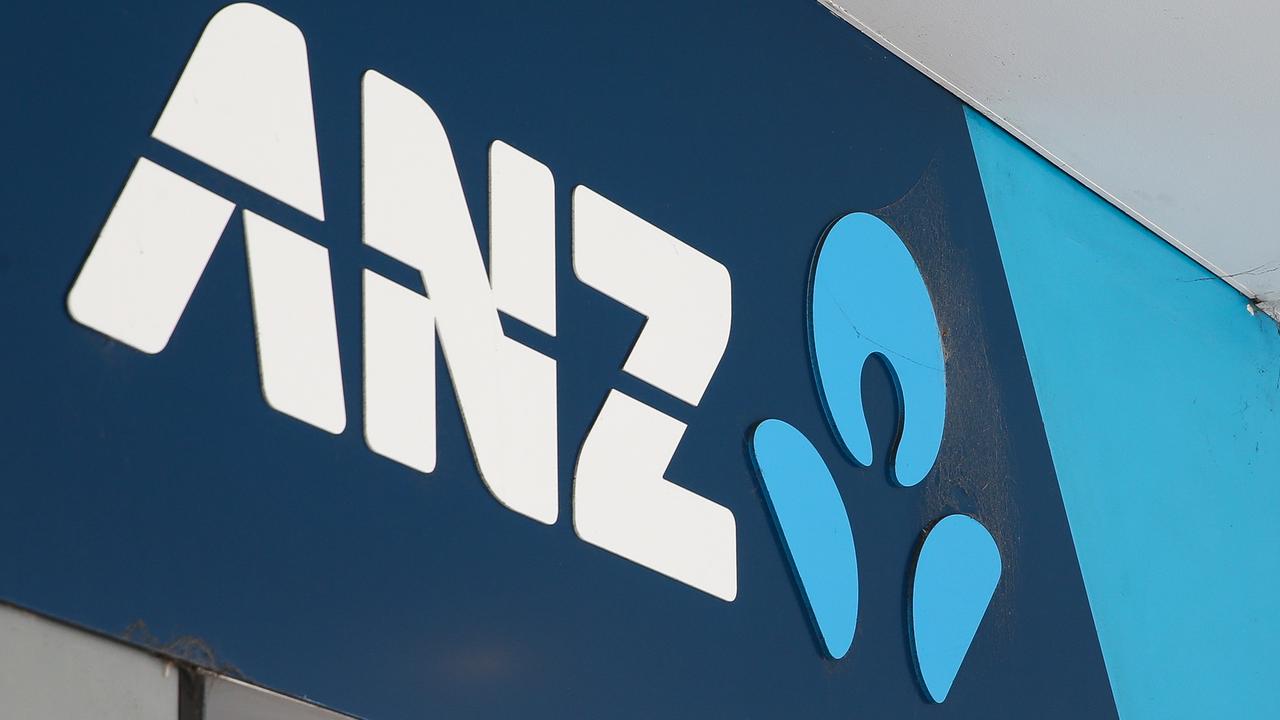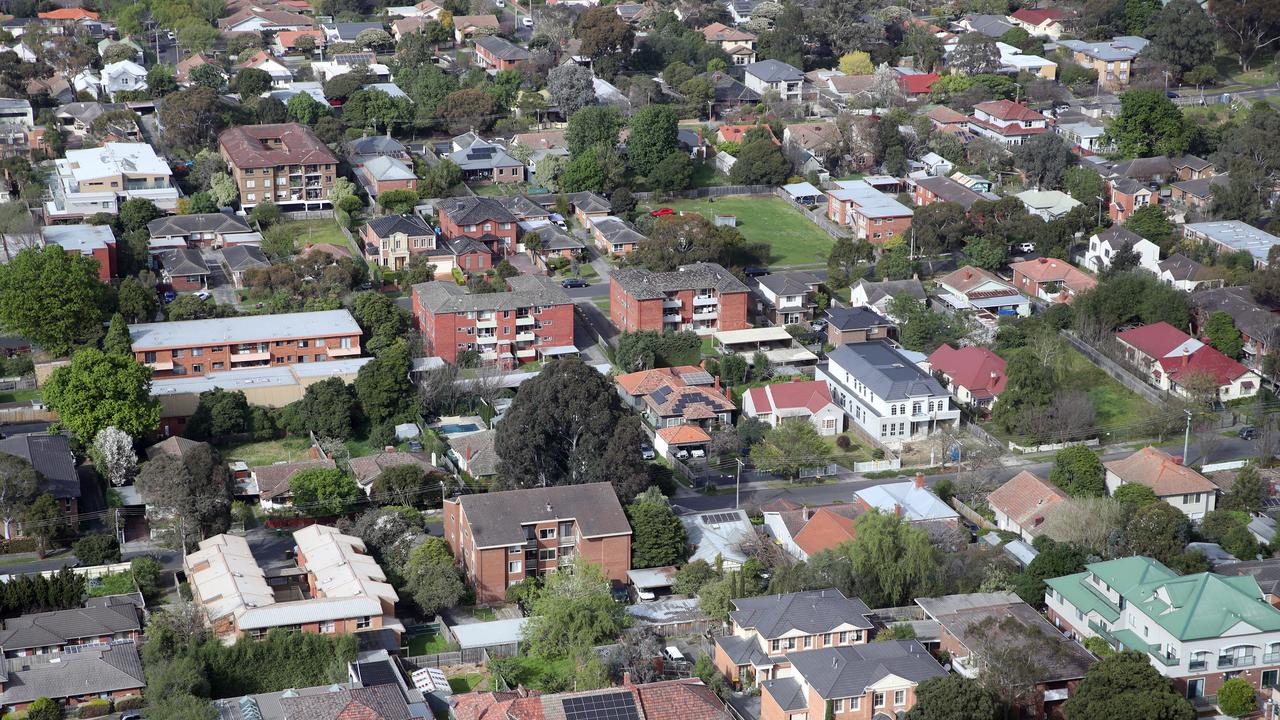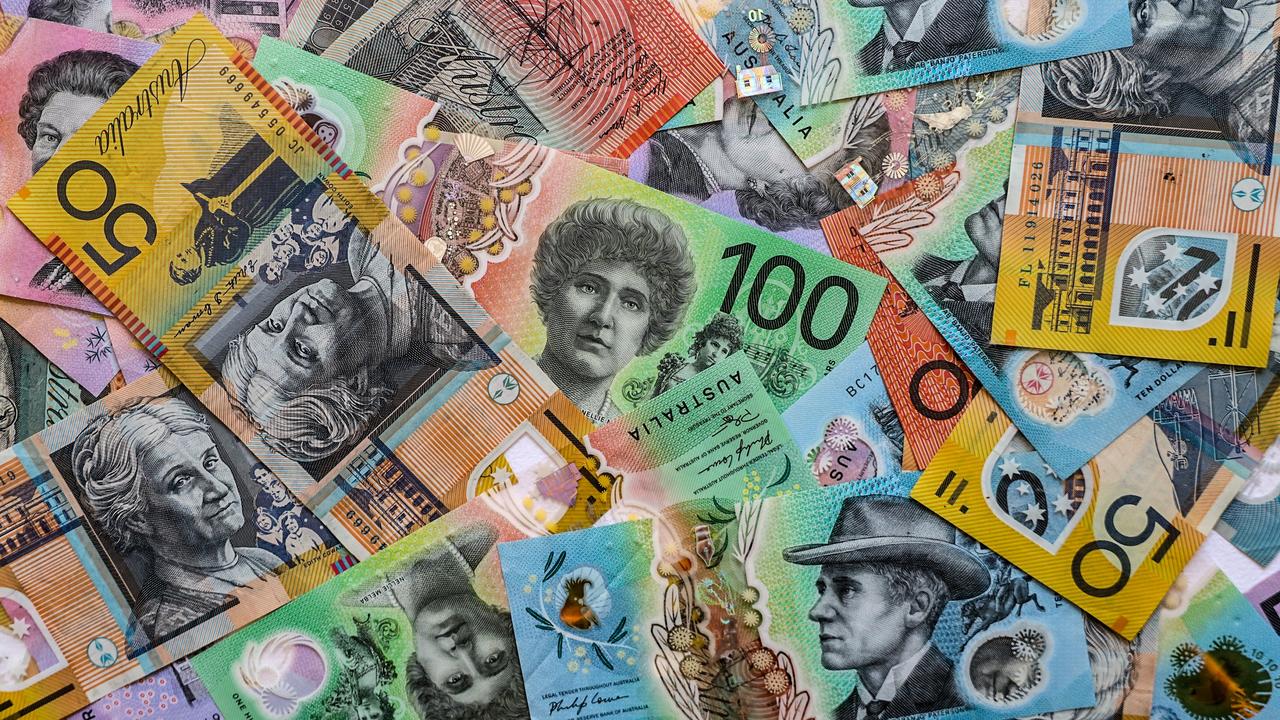Why rate cut may not kickstart the economy
Interest rate cuts were generally seen as a good thing by many Aussies. But this one is different and there’s a worrying reason.

The announcement today from the Reserve Bank of Australia that interest rates will be cut to 1.25 per cent has been in the works for weeks and is the first cut since 2016.
Never have rates been so low for so long, and today’s move shows the downward trend is set to continue with another rate cut tipped for July.
Australia is now entering unwelcome territory, with falling retail sales, sluggish wages growth, anaemic inflation, and falling house prices causing many to feel the pinch to their wallets. The medicine the RBA has prescribed is an interest rates cut.
In the past, interest rate cuts have been seen as a good thing for many Australians — reducing their mortgage repayments and generally freeing up cash for more spending, which in turn helps drive the economy.
But rates are already low and further cuts are seen as a sign of a wider problem. There is even a warning the attempt to then kickstart the economy may not work this time.
University of New South Wales business professor, Richard Holden, told news.com.au there were broader issues with Australia and the world’s economies in what Larry Summers, former World Bank Chief Economist, called “a secular stagnation”.
He said there’s too much money chasing too few investments.
“That has led to a situation where you have very low, what economists call equilibrium interest rates,” he said.
“There’s good evidence to suggest — this is true in the UK, USA and Europe — that number might be negative.”
Professor Holden said with today’s cut, interest rates have now fallen below inflation, meaning money earning interest may lose value relative to inflation rather than grow.
“It’ll be the first time we dip into negative real interest rates,” he said.
WHAT’S THE PROBLEM?
In Australia’s case, the reason for the cut is a weakening economy.
Australian retail spending is bad, down 0.1 per cent for April, driven heavily by New South Wales and Victoria — where the housing slump is biting hardest.
Household goods and clothing and footwear were the hardest hit, as people simply stopped splurging.
April was the first monthly decline in sales since December last year, but represents a continuation of a trend in Australia seen for several years of falling sales growth as low wages and now falling house prices have eroded our will to buy.
“The Australian labour market has got slow wages growth, seemingly quite a lot of underemployment, GDP growth overall is bad, consumer confidence is bad, retail sales are bad,” Professor Holden said.
“The reduction in property prices has put a drag on spending, people feel they’re 12 per cent poorer on their major asset.”
Ryan Felsman, senior economist at Commsec, told news.com.au the deterioration of the labour market and uptick in unemployment were big causes for concern, though he noted that one reason for the increase was the growing number of people who previously hadn’t looked for work, coming back in.
“We have seen a weakening of leading indicators of jobs growth,” he said. “The RBA is taking some action today to restimulate the economy the best they can.”
Mr Felsman said the last time rates were cut, they were a sugar hit to the economy, but only because prices were already rising. He said this time may be different.
“If you look at the situation now, we’ve seen some evidence that households are quite cautious about debt,” he said.
“The circumstances are different now.”
He said the aim of the cut was not to grow house prices, though that they may occur, but rather to push more money through the economy.
“The RBA is concerned the unemployment rate is ticking up, they want the unemployment rate to get down to 4 or 4.5 per cent and hope skills shortages occur,” he said.
“Stronger hiring with a pick up in wages growth — that’s what they’re trying to achieve (with the cut)”
IMPACT ON HOUSE PRICES
Research from the RBA this year found a 1 per cent drop in real mortgage rates “would boost housing prices by 28 per cent in the long run”.
But Grattan Institute fellow Brendan Coates said he expects that any price rise may not be coming quick from the interest rates cut as the big barrier to borrowing were bank lending standards.
“Banks are now required to assess expenses rather than using the housing expenditure measure, so that number is indicative,” he said.
“The way to think about it — interest rate cuts have a larger impact on the economy and house prices when they’re already low, a half a per cent fall is much larger than a half per cent fall when interest rates are 7 per cent.”
But all experts news.com.au spoke to said the lower rates may see many homeowners pay off their mortgages quicker and some borrowing more.
“People are putting a lot of their income into mortgage repayments, It’s less clear what the impact will be on retail spending,” said Professor Holden.
Mr Felsman said it may see more vehicle purchases, but again the issue of cautious consumers banking any savings will blunt its impact.
“Households are being quite cautious and trying to deleverage,” he said. “With deposits so low they may continue to pay down their mortgages,”
But Grattan’s Brendan Coates said any impact will be a long time coming.
“Rate cuts only work gradually over time,” he said. “RBA research suggests a rate cut takes a year to flow through to the economy”



